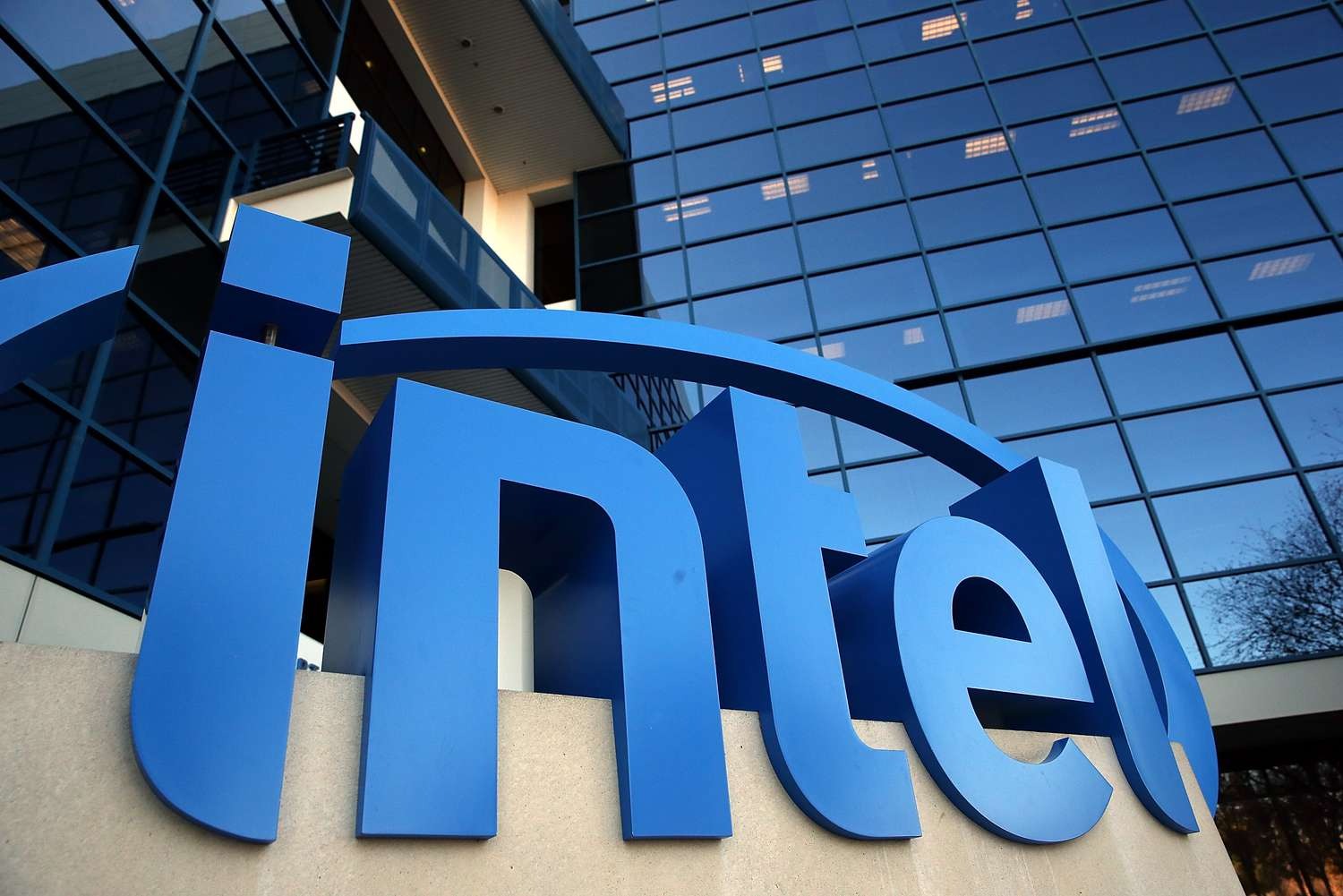Intel is embarking on a massive $100 billion spending spree across four U.S. states. Following a significant boost from federal grants and loans totaling $19.5 billion, the company aims to build and expand factories. Additionally, the company is eyeing another $25 billion in tax breaks to support its ambitious plans further.
The cornerstone of Intel’s ambitious five-year spending plan is the transformation of vacant fields near Columbus, Ohio, into what CEO Pat Gelsinger envisions as “the largest AI chip manufacturing site in the world” by as early as 2027.

The U.S. government’s announcement of the federal funds under the CHIPS Act has sparked investor optimism, with Intel’s shares surging by 4% in premarket trading. Beyond Ohio, Intel’s strategy involves modernizing New Mexico and Oregon facilities while expanding operations in Arizona.
This expansion in Arizona aligns with a broader trend in the semiconductor industry, as longtime rival Taiwan Semiconductor Manufacturing Co (TSMC) is also investing in a massive factory in the state, potentially benefiting from President Joe Biden’s initiatives to bolster semiconductor manufacturing in the U.S.

The financial support provided by Biden’s plan for a semiconductor renaissance is a significant boon for Intel as it seeks to address its business challenges.
Historically, Intel enjoyed a dominant position in semiconductor manufacturing, producing cutting-edge chips sold at premium prices.
However, in the 2010s, the company ceded its manufacturing advantage to TSMC, leading to declining profit margins as it struggled to maintain market share with less competitive products.
With this substantial investment and government support, Intel aims to revitalize its manufacturing capabilities and potentially reclaim its position as a leader in semiconductor technology and innovation.


